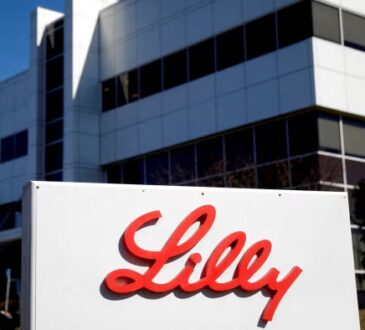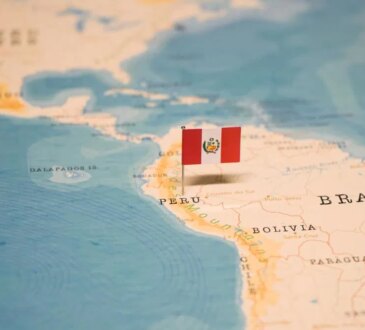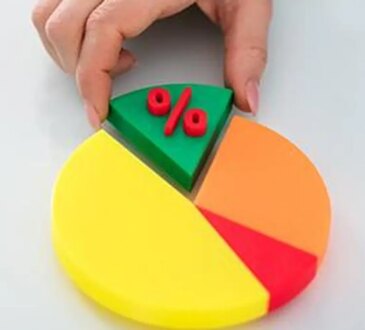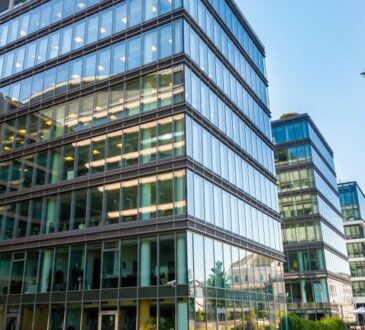
Warren Buffett returned a jaw-dropping 5,502,284 percent to shareholders over his 55-year reign atop Berkshire Hathaway—a figure that makes the S&P 500’s 39,054 percent return in the same period look like a rounding error. With a net worth of $160 billion, the 94-year-old legend has earned his spot in the pantheon of investment greats through a disciplined, deceptively simple philosophy: buy great businesses, hold forever and let compounding do the heavy lifting. But even the “Oracle of Omaha” isn’t immune to missteps. In fact, Buffett has often been the first to call out his flops.
From buying into Coca-Cola at the right moment to sitting out on tech stocks for decades—only to reverse course with Apple, which he later called Berkshire’s “third business”—Buffett’s investment record reflects a mix of long-term successes and occasional missteps. He has also been candid about instances when he waited too long or paid too much for too little.
What follows is a look at some of Buffett’s most triumphant bets and his most teachable blunders in no particular order.
Winners
Coca-Cola: In 1988, Warren Buffett invested $1.3 billion in Coca-Cola, acquiring a significant stake in the beverage giant. Today, Berkshire Hathaway owns 9.3 percent of the company, a position valued at approximately $28 billion.
Apple: Buffett first bought shares of Apple in 2016, and the investment has since become Berkshire Hathaway’s most valuable holding. His initial $35 billion stake had grown to $173 billion by 2023. (After selling about two-thirds of its stake in the company last year, Berkshire’s remaining ownership was worth $63.9 billion by the end of this year’s first quarter.) At this year’s Berkshire Hathaway shareholders meeting last week, Buffett said, “I’m somewhat embarrassed to say that Tim Cook has made Berkshire a lot more money than I’ve ever made.”
GEICO: Buffett began purchasing shares of GEICO in 1976 and completed a full acquisition of the auto insurer in 1996. He has called GEICO his “favorite child,” and his interest in the company dates back to his days as a graduate student at Columbia University. Since 1974, GEICO has climbed from the fifth to the second-largest auto insurer in the U.S.
American Express: Buffett made a pivotal investment in American Express during a public relations crisis in the 1960s, a move that has delivered significant long-term returns. Although Berkshire Hathaway has not added to its position since 1995, it now owns more than 21 percent of the company, a stake valued at over $44 billion. Since going public in 1977 at $3.17 per share, American Express stock has increased nearly 100-fold, outperforming the S&P 500 over the same period.
See’s Candies: Buffett acquired See’s Candies in 1972 for $25 million, when the company was generating just $4 million in pre-tax earnings. The investment has since returned more than $1.6 billion. With roughly 70 percent of its stores located in California, See’s remains a modest regional business, but Buffett’s late business partner, Charlie Munger, credits it as an example of buying great businesses at fair prices. Until then, Buffett and Munger had focused on buying distressed assets.
BYD: In 2008, following a recommendation from Munger, Buffett invested $232 million to acquire a 10 percent stake in Chinese automaker BYD. Although Buffett initially sought to buy a larger portion of the company, BYD founder Wang Chuanfu declined to sell more. The investment proved to be a standout success: by 2021, Berkshire’s stake had grown to $7.7 billion.
National Indemnity Company: National Indemnity Company, based in Omaha, was Buffett’s first major insurance acquisition, finalized in 1967. The deal marked a turning point for Berkshire Hathaway, providing a consistent source of investment capital through the insurer’s float—the cash held between collecting premiums and paying out claims. That float has since become a defining feature of Berkshire’s investment model, reaching $173 billion by the end of the first quarter of 2025.
Blue Chip Stamps: In the late 1960s, Buffett acquired controlling shares in Blue Chip Stamps, a business flagged by value investor Rick Guerin as significantly undervalued. The company sold stamps that customers could redeem at retail stores, though many went unused, leaving Blue Chip with large reserves of unclaimed cash. The acquisition gave Berkshire access to roughly $100 million in capital, which Buffett then used to fund early investments in companies like See’s Candies and Coca-Cola.
Blunders
Dexter Shoe: Calling it his “most gruesome mistake,” Buffett paid $433 million for Dexter Shoe in 1993, which quickly collapsed shortly after.
Berkshire Hathaway (Yes, Really): Buffett has also called his original investment in Berkshire Hathaway a mistake. The company was a struggling textile manufacturer when he took control, and he has since admitted that the purchase was driven by emotion rather than sound analysis. While Berkshire ultimately became his investment vehicle, he believes the early capital could have been deployed more effectively elsewhere.
Tesco: Buffett’s investment in British grocery chain Tesco ended in a $444 million loss. Although early signs of trouble emerged, he was slow to act, later acknowledging that he waited too long to sell.
Amazon: While Berkshire never lost money on Amazon, Buffett has repeatedly expressed regret over not investing in the company earlier. He said he “admired it long ago” but did not understand the business model enough to make an investment.
ConocoPhillips: In 2009, Berkshire reported its largest quarterly loss in more than two decades, largely due to a write-down on its stake in ConocoPhillips. Buffett admitted that buying into the oil company when prices were near their peak was a miscalculation. He later scaled back the investment significantly.
US Air: Buffett invested $358 million in US Air’s preferred stock in the late 1980s, a decision he later labeled an “unforced error.” He acknowledged underestimating the structural challenges of the airline industry and overestimating the company’s ability to overcome them. The investment was ultimately written down by $269 million, reducing its value to a fraction of the original amount.




